Glass artist and jeweler René Jules Lalique (1860-1945) is known for his sculptures, car mascots, perfume bottles, vases, fine jewelry, and tableware. His work reflects the stylistic saddle epoch—from Art Nouveau at the turn of the century to Art Deco in the 1920s—in which they were created. Lalique became one of the most successful in his field and his glass art can be seen displayed in museums around the world.
Born in 1860 in Ay, Lalique moved to Paris with his family at the age of two. He often returned to his birthplace in the Champagne region of northern France, the rural landscape later providing inspiration for his naturalist glassworks. At the age of sixteen, Lalique apprenticed with the famous jeweler Louis Aucoc (1850-1932) while simultaneously studying at the Ecole des Arts Decoratifs in Paris, before training formally at the Sydenham Art College in London, from 1878 to 1880. Returning to France, he worked once again for Aucoc, then for the high-end jewelers Boucheron and Cartier. The World Fairs of 1867 and 1878 influenced Lalique enormously, drawing considerable inspiration from Japanese art. Sometime between 1882 and 1885, Lalique opened his own studio and began a long and successful career of designing fine jewelry for the biggest luxury brands in France. From 1885, he started designing for private clients, which included many women of nobility.
Lalique is celebrated as one of the most important French jewelry designers of the Art Nouveau period, most notably for his delicate creations for Samuel Bing’s Parisian design house, Maison de l’Art Nouveau, which gave its name to the "New Art" style. Lalique began showcasing his own work at various national and international exhibitions from 1894, including the Salon des Artistes Français in 1897, and the World Fair in 1900, which brought him world renown. Natural forms typical of the Art Nouveau style dominated Lalique's jewelry—particularly peacocks, dragonflies, and mythical creatures. Although Lalique became more and more interested in glass as a medium, he also deviated from his contemporaries for his willingness to use materials ignored by other jewelers such as enamel, horn, leather, mother-of-pearl, and semi-precious stones.
In 1905, Lalique opened a retail store in the Place Vendome in Paris, where he began designing perfume bottles for a nearby perfume seller. Realizing that the simple glass flasks holding the perfume could be a piece of art, Lalique created hundreds of unique bottles for various firms, establishing himself as the preeminent manufacturer of perfume bottles. He was also instrumental in the establishment of luxury brands and the commercialization of artists.
From the 1910s onward, Lalique’s aesthetic moved away from Art Nouveau and transitioned into Art Deco. In 1921, Lalique opened his own glass factory at Wingen-sur-Moder in the Alsace region, where he discarded the then-passé brightly-colored jewelry he was famous for, reinventing himself completely. Many of Lalique’s glass pieces were subject to post-manufacture touches as well—such as patinating, enameling, and frosting, which led to truly unique works of art. Over the next decade, Lalique created vases—most well-known being his Cire Perdue vases (1900-1933); automobile hood ornaments—such as Cinq Chevaux for the 5 CV Citroën (1925); the interior of the Orient Express Railroad dining cars (1927); and the cascading chandeliers in the first-class dining rooms of the Normandie ocean-liner (1935). Lalique’s designs for these luxurious, yet technologically advanced projects were hallmarks of the exuberant Art Deco period.
The first of many retrospective exhibitions featuring Lalique opened in 1933 in the Musée des Arts Décoratif. In 1945, Lalique passed away, survived by his son Marc Lalique who began reproducing his father’s iconic designs in crystal, until his own death in 1977. Lalique is buried alongside his second wife and son in the famous Père-Lachaise cemetery in Paris.
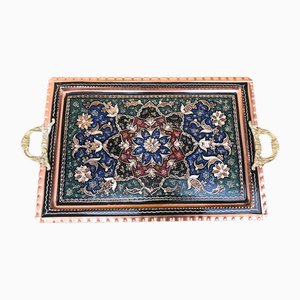
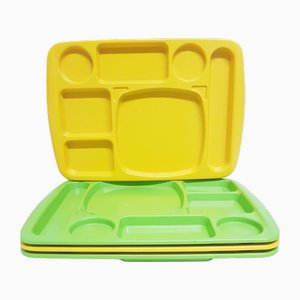


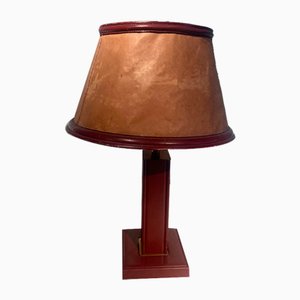
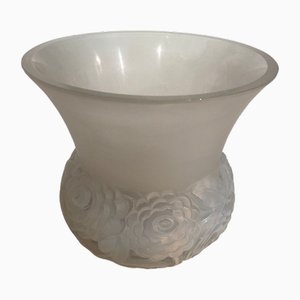
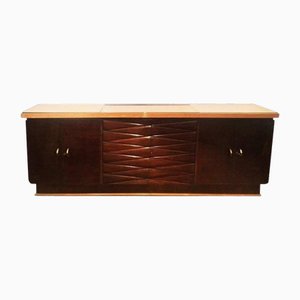

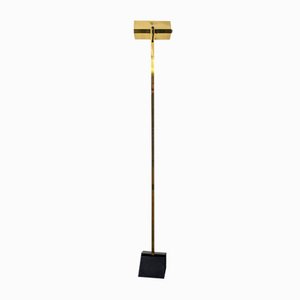

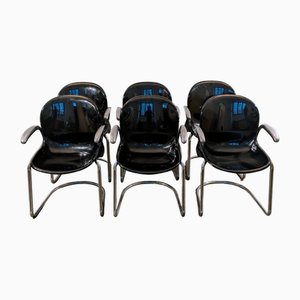
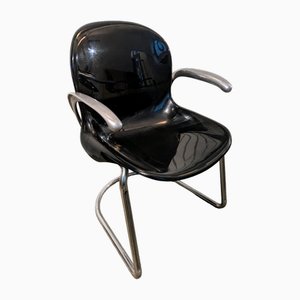

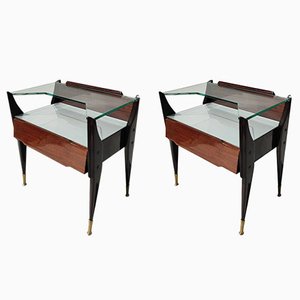


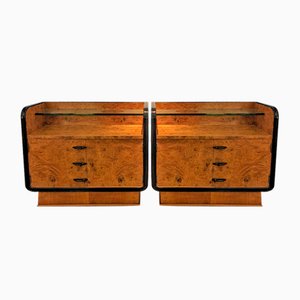
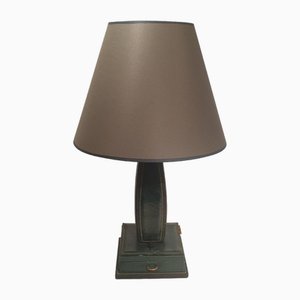
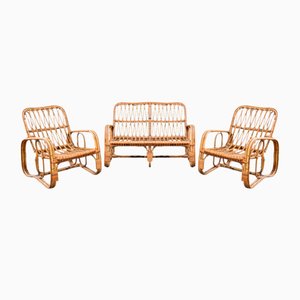
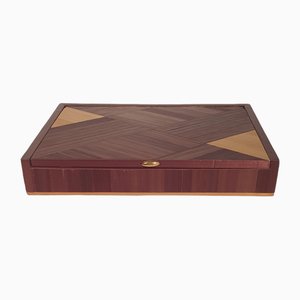
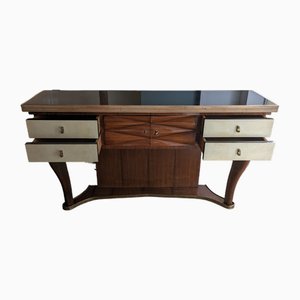
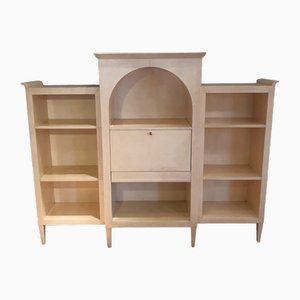
Contacta con nosotros
Haz una oferta
¡Hemos notado que eres nuevo en Pamono!
Por favor, acepta los Términos y condiciones y nuestra Política de privacidad
Contacta con nosotros
Haz una oferta
¡Ya casi está!
Para seguir la conversación en la plataforma, por favor completa el registro. Para proceder con tu oferta en la plataforma, por favor completa el registro.Exitoso
Gracias por tu consulta, alguien de nuestro equipo se pondrá en contacto contigo en breve.
Si eres profesional del diseño, por favor solicita aquí los beneficios del Programa comercial de Pamono